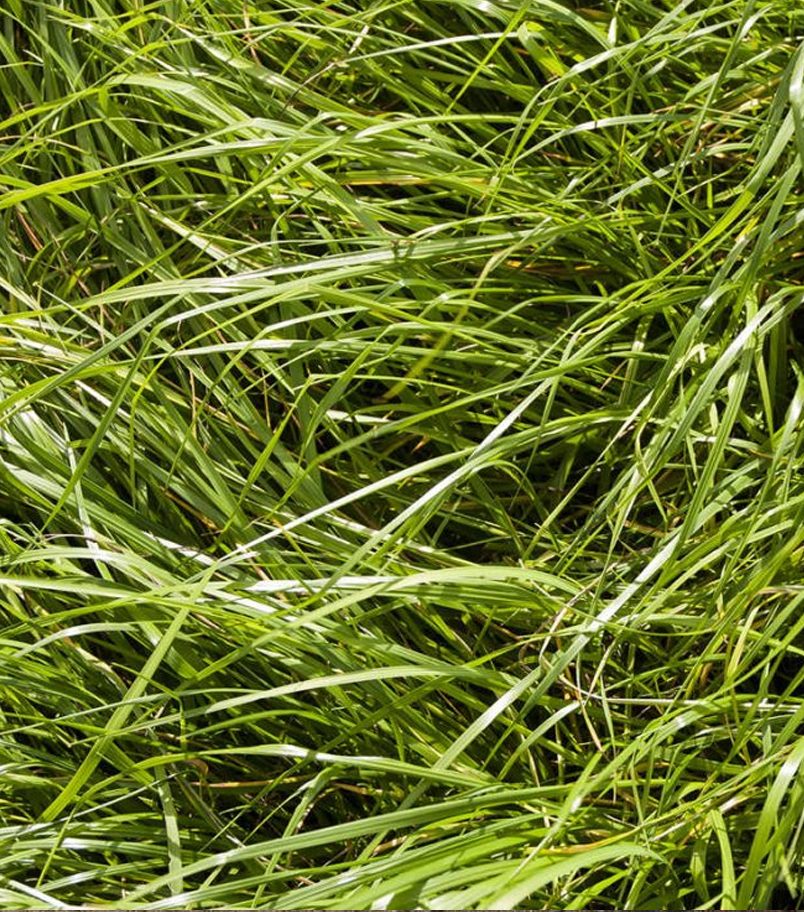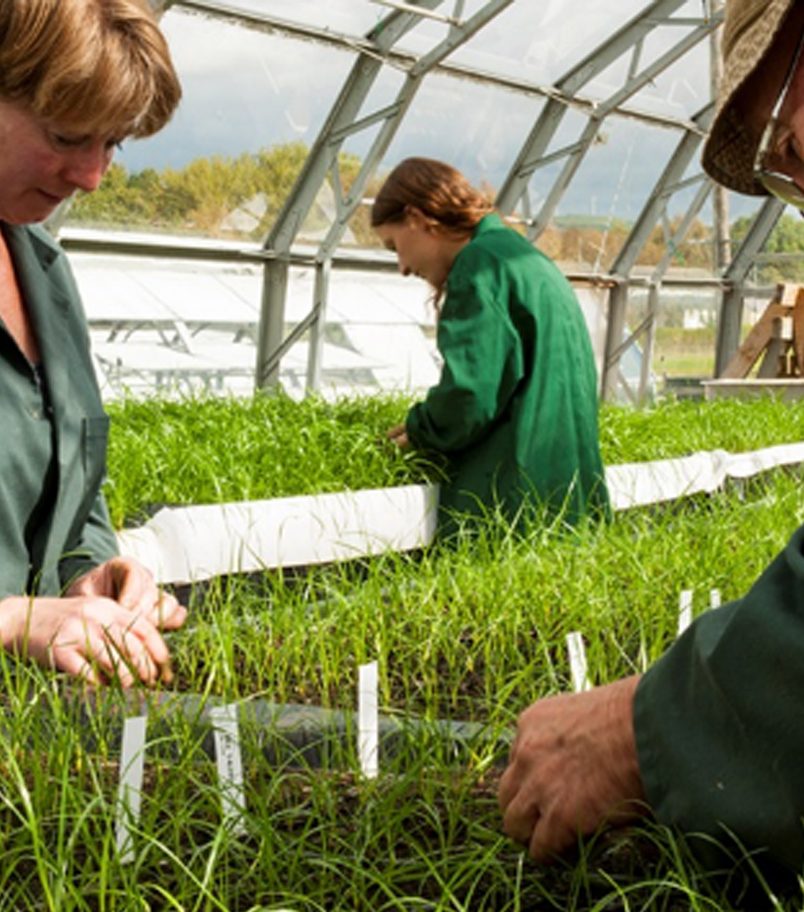With increasing environmental concerns around bought-in protein and rising feed costs, is 2021 the year to move towards homegrown high protein forages such as lucerne?
Five reasons to grow lucerne
- Reduced bought-in feed costs
- Potential DM yield of 10-15 tonnes/ha
- Lower nitrogen fertiliser requirements of up to 300kg/ha
- Complements maize silage
- Four to six years persistency
Lucerne an alternative protein source
Many farmers are looking for alternative ways to meet the protein requirements of cow diets as concerns grow about the environmental burden of imported feeds, particularly soya. High feed prices are also prompting some to consider growing their own high-protein forages such as lucerne.
With high protein levels, and its rumen-friendly scratch factor making it highly digestible, lucerne is a viable alternative to imported protein. Its nutrient composition also makes it a useful complementary feed for diets containing maize.
Despite these nutritional credentials and its popularity globally in countries with conditions similar to the UK, lucerne is not commonly grown here. A lack of familiarity and reservations about growing conditions may be limiting its popularity but there is an expanding community of UK farmers using the crop. And if feed costs remain high, this is only set to continue in 2021.
Lucerne grown at Harper Adams
Lucerne has been grown at Harper Adams University since 2007 and Chris Ruffley, the university’s Assistant Farm Manager, believes it has huge potential in the UK.
“We simply don’t see much lucerne about so it can be hard for farmers to see how it could work in their system. But, here at the university, lucerne has a great place in the cows’ diet as a highly digestible forage and a great source of protein, and it’s reduced our input costs. Across our 400 cows, we’ve saved £50,000 from reducing protein in the concentrate by around 1 kg/cow per day.”
Lucerne is suited to all types of soil with a pH of at least 6.2 but must be grown on ground that drains well. To be successful, it should also be sown when soil temperatures are above 8°C; in the UK this is normally between May and the end of August.
“Lucerne isn’t drought resistant, but it is certainly drought tolerant. In the very hot dry weather we had last summer, growth was checked but it didn’t suffer in the way grass did,” Chris adds.
Its ability to tolerate dry conditions, as well as its rich mineral content, comes from its deep tap root. Being a legume, lucerne also fixes nitrogen, lowering the need for bought-in fertiliser and further reducing input costs. This also improves nitrogen availability for follow-on crops in a rotational system. Lucerne is primarily grown as a silage crop due to the potential for poaching, although can be grazed successfully with 5 to 6-week intervals.
Five reasons to grow lucerne
- Reduced bought-in feed costs
- Potential DM yield of 10-15 tonnes/ha
- Lower nitrogen fertiliser requirements of up to 300kg/ha
- Complements maize silage
- Four to six years persistency



